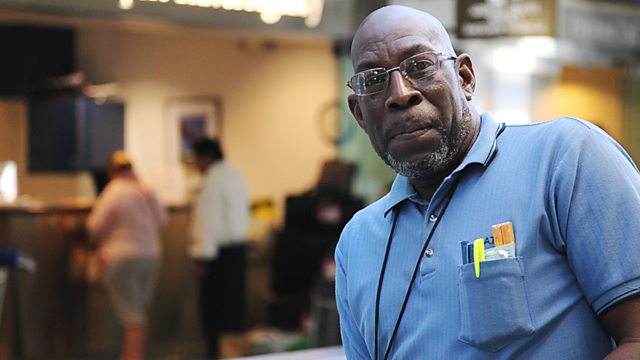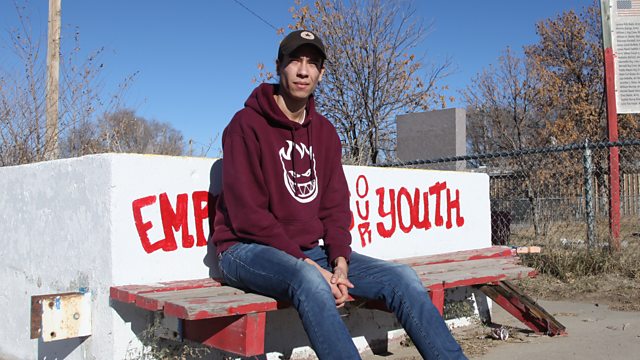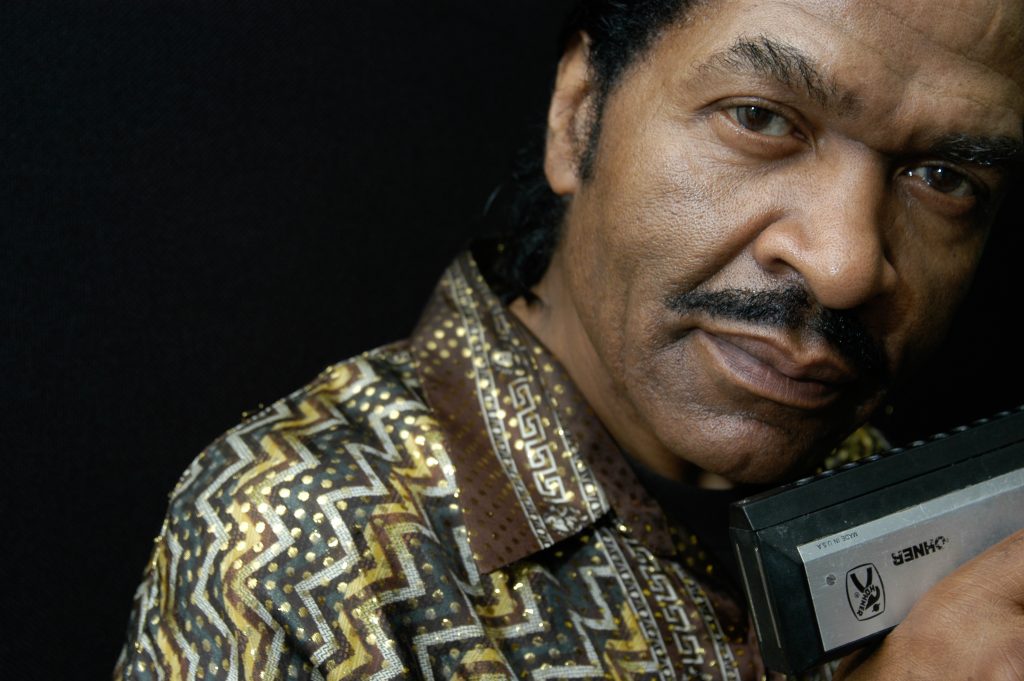Over the past decade, podcasts have exploded in popularity, becoming one of the most engaging forms of storytelling and discussion. This surge in interest can arguably be traced back to 2014, when the investigative journalism podcast Serial shattered download records and reignited mainstream attention in the format. Suddenly, podcasts weren’t just for die-hard radio fans—everyone was talking about them.
The Two Dominant Podcast Formats
Today, nearly all popular podcasts follow one of two well-established formats:
🎙️ The Presenter-Led Podcast – This is the format most of us think of when we hear the word “podcast.” A host (or hosts) leads the conversation, bringing in guests for engaging, often informal discussions. These shows span a range of topics—from sport (That Peter Crouch Podcast) to business, history, and even celebrity interviews (Hotboxin’ with Mike Tyson).
🔍 The Investigative Series – This format leans into journalism, with one or two hosts guiding the listener through a deep-dive into a topic, mystery, or true crime case. Think Serial or This American Life, where compelling narration and meticulous research keep audiences hooked.
Both of these formats share one key trait: the presenter is at the heart of the story. Whether they’re steering the conversation with wit and charm or delivering a gripping, scripted narrative, the presenter plays a dominant role.
But at c60media, we’ve been asking ourselves an important question:

Where Are the Montage Documentary Podcasts?
While presenter-led podcasts thrive, one of radio’s most powerful storytelling techniques—the montage documentary—remains surprisingly rare in the podcasting world.
A montage documentary is a unique form of audio storytelling in which there is no presenter. Instead, the narrative unfolds through a carefully woven tapestry of voices, sounds, music, and archive recordings. This technique, deeply rooted in BBC Radio’s documentary tradition, has long been considered one of the most immersive and sophisticated forms of audio storytelling.
Rather than spoon-feeding listeners information through a written script, montage documentaries trust the audience. They allow voices to flow organically, letting listeners form their own conclusions. It’s an artful approach that assumes intelligence and curiosity, drawing the audience into an unfolding journey without the guiding hand of a host.
A Different Way to Listen
To illustrate the difference between these approaches, consider the contrast between a film and a novel.
🎬 A film represents the director’s interpretation of a story—it’s a fully realized vision where every visual cue and performance shapes how you perceive the narrative.
📖 A novel, on the other hand, leaves space for the reader’s imagination. Without pre-defined visuals, the audience creates their own version of the world and characters, guided only by well-crafted descriptions.
In the same way, presenter-led podcasts act like films, shaping the listener’s experience through narration. Montage documentaries, however, function more like novels—they invite listeners to actively participate, piecing together meaning from the sounds and voices they hear.

The Masters of Montage
Some of the most compelling audio documentaries in recent years have used this technique. Independent producers like Alan Hall, Andrea Rose, and Hana Walker-Brown have mastered the art of montage storytelling, creating standout works for BBC Radio.
🎧 Hana Walker-Brown’s The Spirit of Hessle Road (BBC Radio 4)
🎧 Alan Hall’s The Travelling Telescope
🎧 Peter Shevlin’s Linard’s Travels (c60media) – An award-winning snapshot of Linard Davies, a baggage attendant at San Francisco airport.
At c60media, we often incorporate montage elements into our radio documentaries, even when there is a presenter. Extended montage sequences in Falling Rock or The Road to Rock’n’Roll (both BBC World Service) showcase how this technique can add depth, emotion, and texture to a story.

If TV Can Do It, Why Can’t Podcasts?
Strangely, while television documentaries have embraced the presenter-less format, podcasts have yet to follow suit.
Think about today’s most compelling visual documentaries—many of them don’t rely on a host to tell the story. Netflix true-crime series, Storyville documentaries, and films like OJ: Made in America or The Last Dance have all moved towards a presenter-free, interview-driven narrative style. The montage approach has taken over in TV.
So why hasn’t it caught on in podcasting?
In an era where audio storytelling is more popular than ever, it’s baffling that montage-style podcasts haven’t experienced the same rise. Instead, they’ve become rarer, even as the podcast medium itself expands.
A Call for More Montage Podcasts
Podcasts have introduced millions of listeners to the world of audio storytelling—but they’ve largely been confined to presenter-driven formats. As a result, many podcast fans have never been exposed to what is arguably one of the most powerful forms of audio storytelling.
So we ask: why hasn’t the montage documentary found its place in the podcasting landscape? And more importantly—isn’t it time that changed?
At c60media, we believe there’s a huge opportunity for more montage-style podcasts to emerge. Listeners are more engaged with audio than ever before, and they deserve to experience the rich, immersive storytelling that only a montage documentary can offer.
So if you’re a producer, an audio journalist, or simply a podcast lover—maybe it’s time to start thinking outside the traditional formats. The world is ready for something new.
Or, rather—something old, but brilliant. 🎧
Written by: Neil Kanwal

Leave a Reply